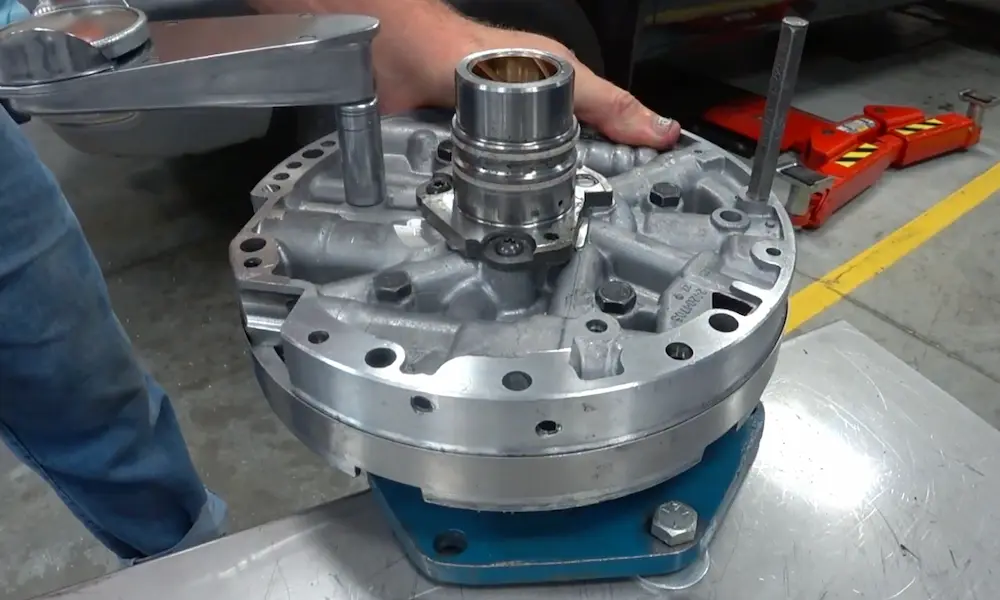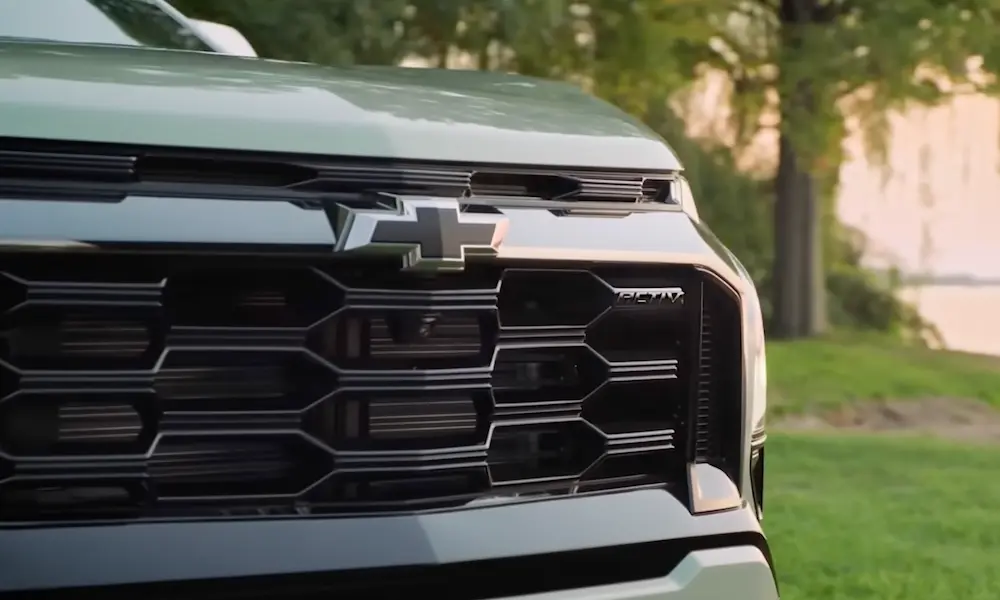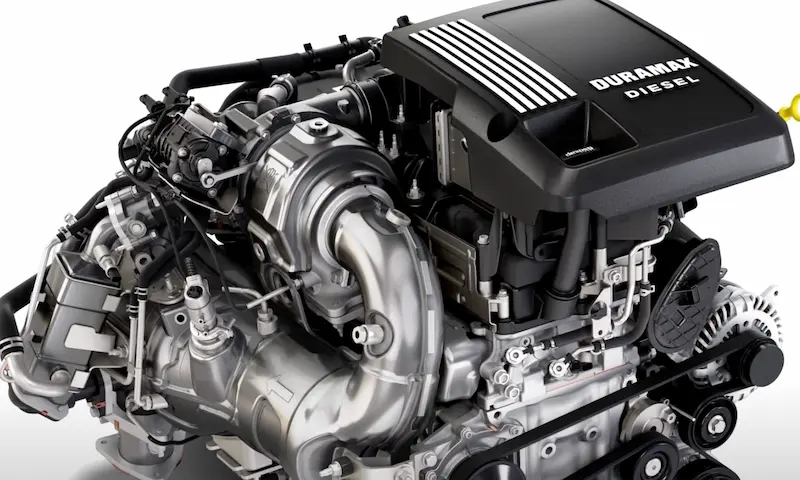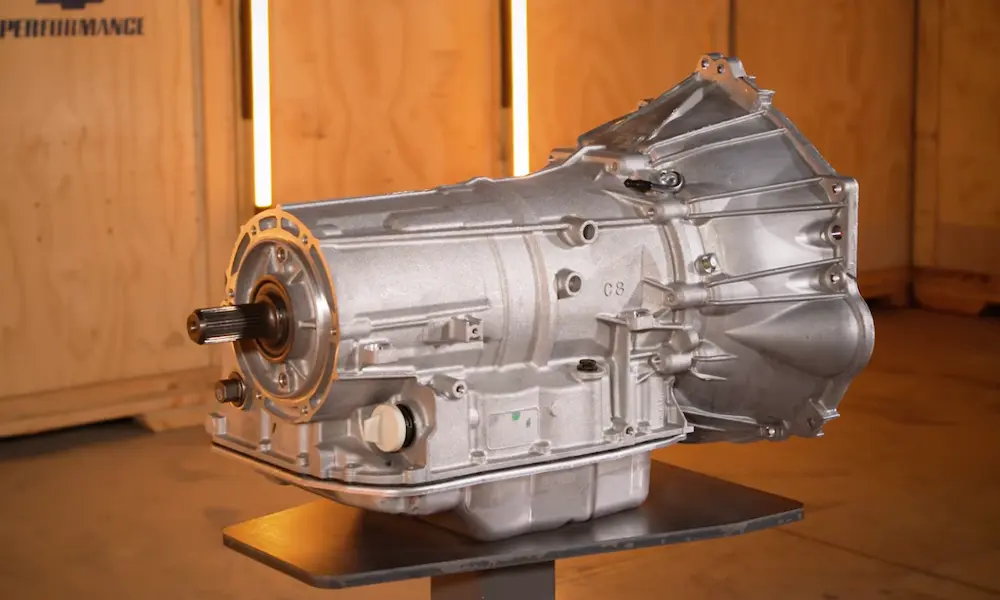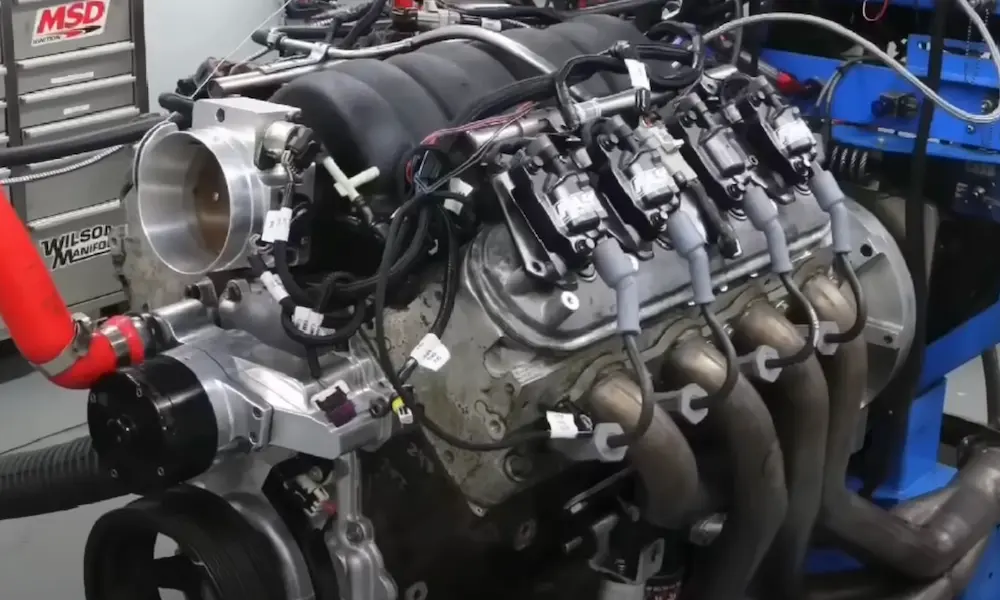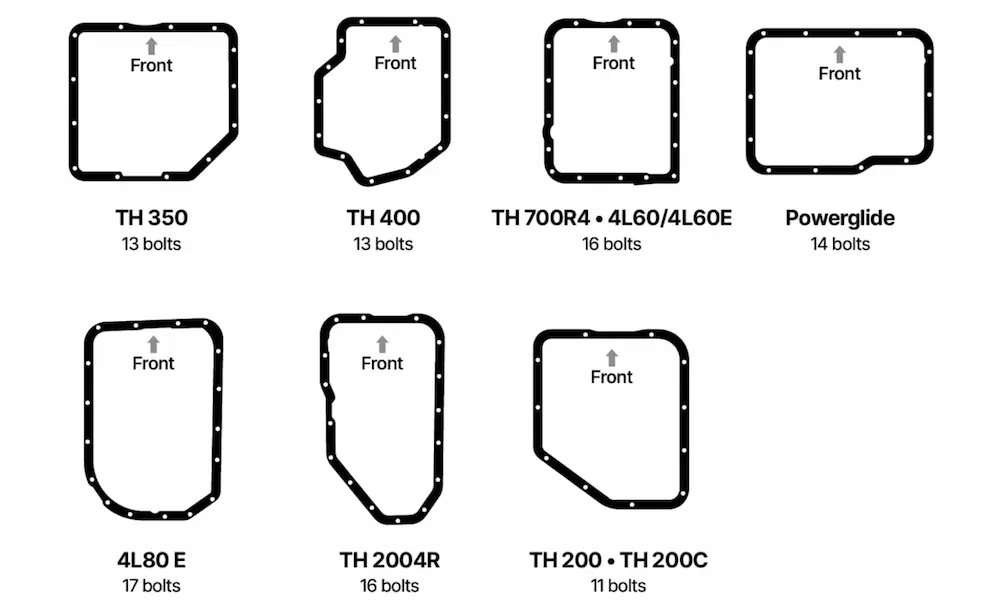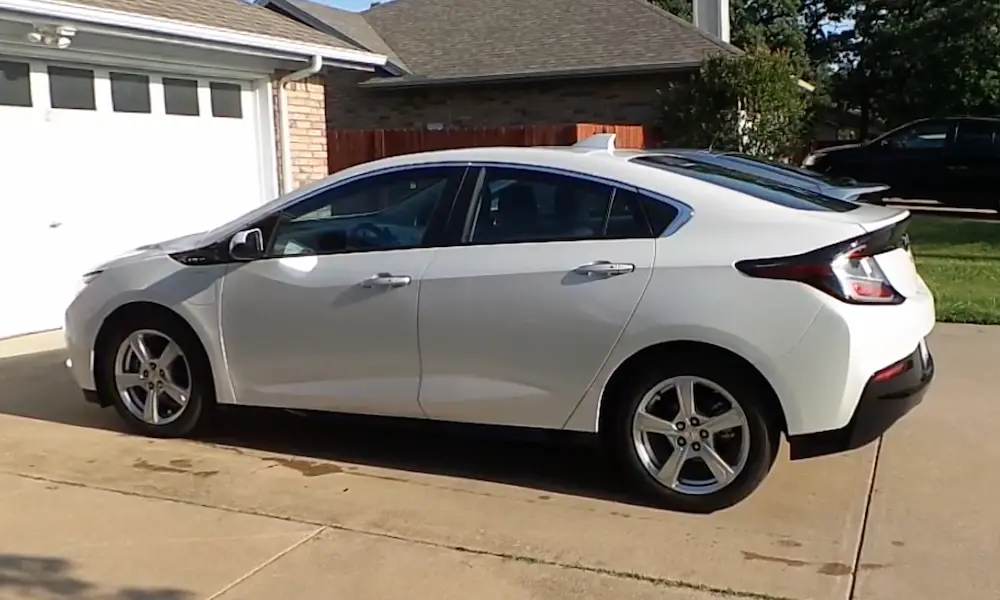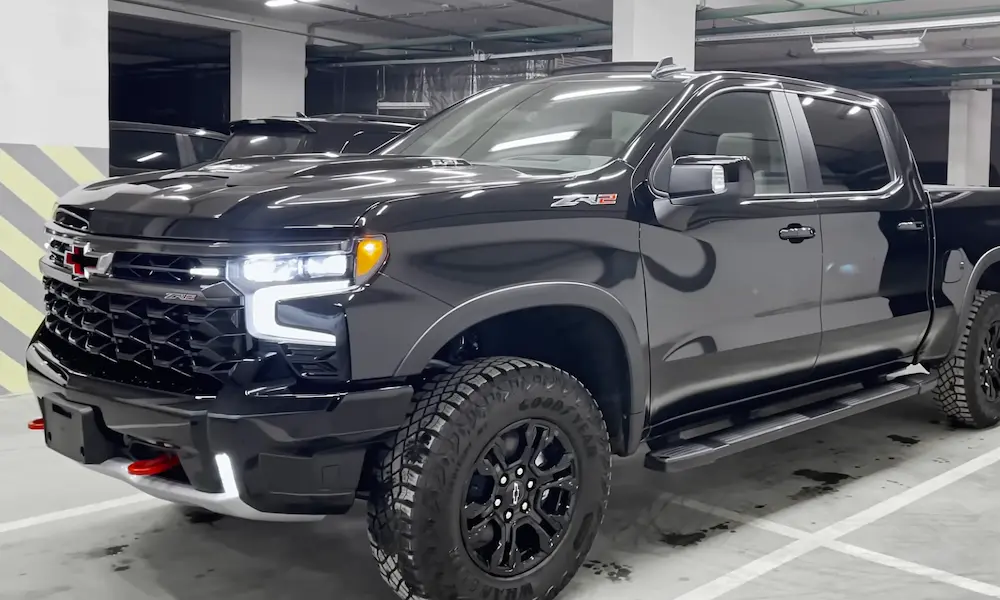Looking for reliable 454 engine specs by year? The legendary Chevy big block has powered everything from muscle cars to work trucks since 1970. Whether you’re restoring a classic Chevelle SS or maintaining a heavy-duty pickup, understanding the specs for your specific model year is crucial for performance and reliability.
The Birth of a Legend: 1970-1971 454 Engine Specs
The 454 cubic inch big-block V8 roared onto the scene in 1970 as Chevrolet’s answer to the horsepower wars. These early engines represent the pinnacle of muscle car performance before emissions regulations took hold.
Two main variants dominated this golden era:
LS5 454: The More Common Option
The LS5 version balanced raw power with relative reliability:
- Displacement: 454 cubic inches (7.4L)
- Bore x Stroke: 4.25″ x 4.00″
- Compression: 10.25:1
- Horsepower: 360hp @ 5,200 RPM
- Torque: 500 lb-ft @ 3,400 RPM
- Fuel System: Rochester Quadrajet four-barrel carburetor
You’d find the LS5 in Chevelles, Corvettes, Monte Carlos, and El Caminos, making it a versatile performer that delivered impressive numbers for the time.
LS6 454: The Ultimate Muscle Car Engine
The legendary LS6 was Chevy’s nuclear option:
- Horsepower: 450hp @ 5,600 RPM (many experts believe this was underrated)
- Torque: 500 lb-ft @ 3,600 RPM
- Compression: 11.25:1
- Camshaft: High-lift hydraulic with solid lifters
- Carburetion: Holley 800 CFM four-barrel
- Production: Only 1,375 Chevelle SS 454 LS6 models and 188 Corvette LS6s
The 1970 LS6 has earned mythical status among collectors. As Muscle Cars Illustrated notes, the LS6 was likely the most powerful production engine of 1970, with actual output closer to 500hp in ideal conditions.
The Emissions Era: 1972-1976 454 Engine Specs
By 1972, the performance landscape had changed dramatically. New federal emissions regulations and the shift to unleaded fuel forced major changes in the 454’s specifications.
1972 LS5 454: The Beginning of the Decline
- Horsepower: 270hp (net rating system)
- Compression: Reduced to 8.5:1
- Carburetion: Lower-flow Rochester Quadrajet
- Emissions: First year with significant emissions equipment
It’s worth noting that the power drop appears more dramatic than it actually was, as 1972 marked the switch from gross to net horsepower ratings which measured power with accessories and emissions equipment installed.
1973-1974 LS4 454: Further Detuned
- Horsepower: 245hp (net)
- Torque: 345 lb-ft
- Compression: 8.0:1
- Applications: Increasingly found in Caprice, Impala, and light trucks
The 1975-1976 models saw power drop further to 205-215hp as catalytic converters and EGR systems became mandatory. These late-era big blocks traded performance for cleaner emissions and better fuel economy.
The Truck Era: 1973-2000 454 Engine Specs
As the 454 faded from passenger cars, it found a new home powering Chevy’s heavy-duty trucks, vans, and motorhomes.
1973-1989: The Workhorse Years
- Horsepower: 230-245hp
- Torque: 385-395 lb-ft
- Fuel System: Quadrajet or Holley spread-bore carburetors
- Applications: C/K trucks, G-series vans, and motorhome chassis
The 454’s high torque made it ideal for hauling and towing, even as horsepower numbers remained modest compared to the glory days.
1990-1991 Chevrolet 454 SS Pickup: A Brief Performance Revival
The 454 SS truck was a special performance model:
- Horsepower: 255hp @ 4,000 RPM
- Torque: 400 lb-ft @ 2,400 RPM
- Fuel System: Throttle-body injection (TBI)
- Transmission: THM-400 three-speed automatic
This limited-production sport truck showed that GM hadn’t completely forgotten the 454’s performance heritage.
1996-2000: Vortec 7400 (Gen VI) 454
The final production 454 featured significant modernization:
- Horsepower: 290hp @ 4,000 RPM
- Torque: 450 lb-ft @ 2,400 RPM
- Compression: 8.75:1
- Fuel System: Sequential fuel injection (SFI)
- Applications: C/K 3500HD, Suburban 2500, and GMC TopKick
The Vortec 7400 represented a significant improvement over earlier truck 454s, with Driving Line reporting that the electronic fuel injection and other refinements made this the most powerful production 454 since the early 1970s.
454 Engine Specs By Year: A Detailed Comparison Table
| Year | Model | Horsepower | Torque (lb-ft) | Compression | Fuel System | Key Features |
|---|---|---|---|---|---|---|
| 1970-71 | LS6 | 450 @ 5,600 | 500 @ 3,600 | 11.25:1 | Holley 4-barrel | Solid lifters, aluminum intake |
| 1970-71 | LS5 | 360 @ 5,200 | 500 @ 3,400 | 10.25:1 | Quadrajet | Hydraulic lifters |
| 1972 | LS5 | 270 (net) | 390 | 8.5:1 | Quadrajet | First year of net hp ratings |
| 1973-74 | LS4 | 245 | 345 | 8.0:1 | Quadrajet | Reduced performance |
| 1975-76 | LS4 | 205-215 | 330-380 | 8.0:1 | Quadrajet | Catalytic converters added |
| 1977-89 | Truck | 230-245 | 385-395 | 8.25:1 | Carbureted | Heavy-duty applications |
| 1990-91 | 454SS | 255 @ 4,000 | 400 @ 2,400 | 8.5:1 | TBI | Performance truck variant |
| 1996-2000 | Vortec 7400 | 290 @ 4,000 | 450 @ 2,400 | 8.75:1 | SFI | Most advanced production 454 |
The Modern Era: 454 Crate Engine Specs
While production of the 454 ended in 2000 with the introduction of the 496ci Vortec 8100, Chevrolet continues to offer 454 crate engines for enthusiasts and custom builders.
Chevrolet Performance 454 HO
This modern interpretation delivers impressive performance:
- Horsepower: 438hp @ 5,500 RPM
- Torque: 500 lb-ft @ 3,500 RPM
- Compression: 8.75:1
- Camshaft: Hydraulic roller (.510″/.540″ lift)
- Price: Around $10,095 complete
The Chevrolet Performance 454 HO combines modern technology with classic big-block power, offering enthusiasts a turnkey solution that matches the peak output of the original LS6.
Aftermarket 454 Options
Companies like BluePrint Engines offer enhanced 454s:
- Horsepower: 460hp @ 5,500 RPM
- Torque: 479 lb-ft @ 4,500 RPM
- Compression: 9.85:1
- Heads: Aluminum with 2.30″ intake valves
- Price: Approximately $8,995
These aftermarket engines often incorporate modern materials and designs while maintaining the classic 454 architecture.
Common 454 Engine Issues By Generation
Understanding the typical problems for your specific year can save you time and money.
Early 454 Issues (1970-1976)
- Oil leaks from rear main seals and valve covers
- Overheating in hot weather or heavy traffic
- Carburetor tuning challenges with emissions equipment
- Valve guide wear in high-mileage engines
Truck-Era 454 Problems (1973-2000)
- Intake manifold gasket failures on 1990s models
- Oil consumption in high-mileage engines
- Fuel system issues in early TBI systems
- Exhaust manifold cracking under heavy loads
For the most reliable operation, JEGS recommends upgrading the cooling system and using modern synthetic oils in any 454, regardless of year.
Performance Modifications For Your 454
The 454’s potential can be unlocked with strategic upgrades based on your engine’s year and specifications.
Early Carbureted 454 Upgrades
- Aluminum heads can drop 75+ pounds of weight and improve heat dissipation
- Modern electronic ignition conversions improve reliability
- Roller camshafts provide better performance while reducing wear
Fuel-Injected 454 Enhancements
- Upgraded fuel injectors and mass airflow sensors
- Performance computer tuning
- Headers and free-flowing exhaust systems
Budget-friendly 454 builds can safely achieve 400-600hp with carefully selected components appropriate for your specific year and application.
Identifying Your 454 Engine’s Year and Specifications
Not sure about your engine’s year or specs? Here’s how to identify it properly:
- Block casting number: Located on the driver’s side of the block, behind the cylinder head
- Engine code: Found on a stamping pad near the front of the block on the passenger side
- Cylinder head casting numbers: Help verify original equipment
For trucks, the 8th digit of the VIN can identify the engine type, with “N” typically indicating a 454 in 1973-1991 models.
The Legacy of the 454: Why It Matters Today
The 454 engine represents a significant chapter in American automotive history. From dominating drag strips in Chevelles to powering motorhomes across the country, its versatility and durability created a lasting impact.
Today’s collectors value original 454 engines for their historical significance, while hot rodders appreciate their tremendous potential for modification. Even in an era of advanced small-block technologies, the raw torque and unmistakable sound of a Chevy 454 continue to captivate enthusiasts.
Whether you’re restoring a numbers-matching LS6 Chevelle or building a high-performance truck engine, understanding the 454 engine specs by year is essential to preserving and enhancing this iconic American powerplant.



